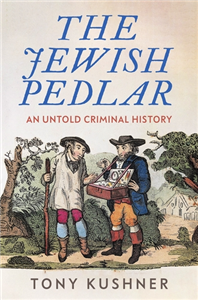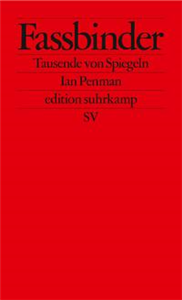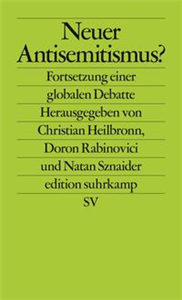Fortsetzung einer globalen Debatte
Worauf lassen wir uns ein, wenn wir Antisemitismus begreifen wollen? Meinen wir ein Gefühl, ein Ressentiment, eine Haltung, ein Gerücht oder gar nur ein Vorurteil über eine bestimmte soziale und kulturelle Gruppe, die Juden genannt wird? Ressentiments gegen Juden kommen von Rechten, Linken, der Mitte, von Muslimen, sogar von anderen Juden.
Vor diesem Hintergrund ist es Zeit, Bilanz zu ziehen, und eine erweiterte Fassung des mittlerweile zum Standardwerk avancierten Sammelbandes zur Frage des »neuen Antisemitismus« vorzulegen. Die bisherigen Beiträge werden ergänzt um neue Texte, unter anderem zur aktuellen Situation in Großbritannien, Frankreich und Polen sowie um Erörterungen zur Agitation im Netz und um eine Untersuchung zu antisemitischen Einstellungen unter Flüchtlingen. Die älteren Texte sind jeweils zudem durch ein Postskriptum der Autoren angereichert. So ist das Buch nun mehr als ein Diskussionsband, es ist eine Dokumentation und eine Fortsetzung der globalen Debatte über den »neuen Antisemitismus« zugleich.
Mit Texten von Omer Bartov, Tony Judt, Judith Butler, Gerd Koenen, Sina Arnold, Michel Wieviorka, Matthias Küntzel, Katajun Amirpur, Ian Buruma, András Kovács, Rafał Pankowski, Jan T. Gross, Brian Klug, Anshel Pfeffer, Monika Schwarz-Friesel, Ingrid Brodnig, Moshe Zimmermann und Dan Diner.


























